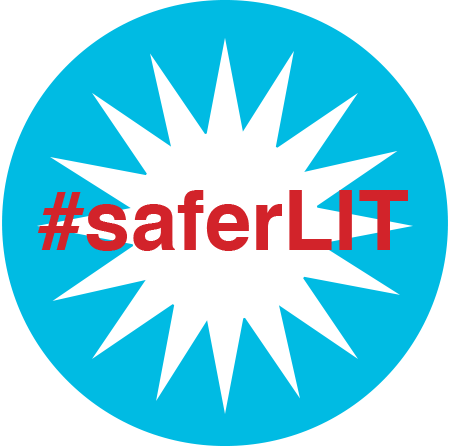ISSN: 1941-4137
POETRY THAT ENACTS THE ARTISTIC AND CREATIVE PURITY OF GLASS
POETRY THAT ENACTS THE ARTISTIC AND CREATIVE PURITY OF GLASS

Sarah Nichols lives and writes in Connecticut. She is the author of four chapbooks, including Dreamland for Keeps (Porkbelly Press, forthcoming, 2018), and She May Be a Saint (Hermeneutic Chaos Press, 2016). Her poems and essays have also appeared in Luna Luna, Thirteen Myna Birds, The Ekphrastic Review, and the RS 500.
Also by Sarah Nichols:
She May Be A Saint
Edie (Whispering): Poems from Grey Gardens
The Country of No
The Monkey on My Back
after a detail in Georges Seurat's
A Sunday Afternoon on La Grande Jatte,
1884-86
My pet monkey was a shadow. A
skein of a leash held us
together.
I played a woman in
decorous skirts. The monkey
gamboled and clawed beneath
them.
What is a whalebone stay
next to a ghost with
claws?
The one who says
You will always need me
as it bites into my neck.
For something so small, it
wrecks havoc. Feeds on my
sweat. Opens old wounds.
She hisses demands, and I do
nothing but obey. No one
sees me, she says. Only you,
and the choke-chain around your
neck.
I love ekphrastic poetry, and I think the best examples of it go beyond whatever piece of art is under examination in the poem. For "The Monkey on My Back," I focused on a detail in Georges Seurat's massive pointillist painting, A Sunday Afternoon on the Island of La Grande Jatte, a woman with a barely visible monkey on a leash. I related this to my experience of active addiction: a woman who took pains to hide it, and all the time being ruled by it, and no longer able to keep it from biting back. Having a "monkey on the back" has long been used as a metaphor for addiction, and in the case of the painting, the monkey is on the leash, barely visible, but in life it's already taken control.
Glass: A Journal of Poetry is published monthly by Glass Poetry Press.
All contents © the author.
All contents © the author.





